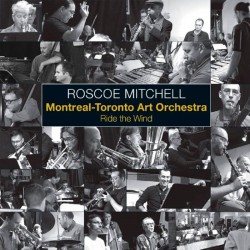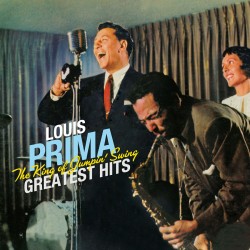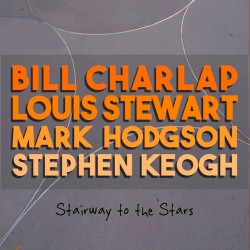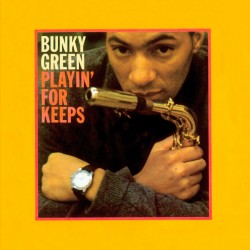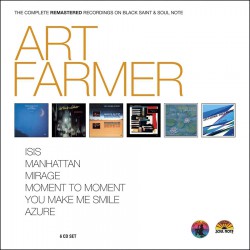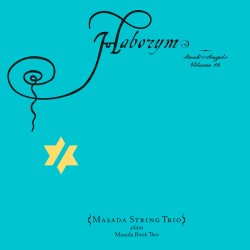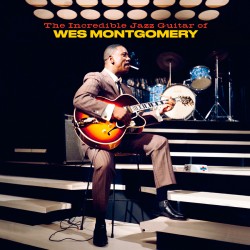Art Blakey
A Night at Birdland w/ Clifford Brown (38119)
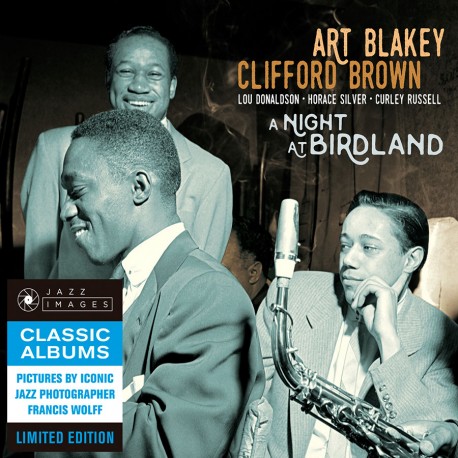 View larger
View larger
- Remove this product from my favorite's list.
- Add this product to my list of favorites.
A Night at Birdland w/ Clifford Brown
Art Blakey
Jazz Images
8436569195239
JIM 164131
38119
JAZZ
1
• CLASSIC ALBUMS COLLECTION
• 3-PANEL DIGIPACK EDITION
• 5 STARS DOWNBEAT MAGAZINE
While the group heard here was still called “The Art Blakey Quintet”, it was the germ of the later iconic Jazz Messengers. Blakey is accompanied on these unforgettable sides by the great Clifford Brown (who would tragically die in a car accident a couple of years later), Lou Donaldson, Horace Silver, and Curley Russell. The album was taped live at Birdland, and originally issued on three 10” LPs, the contents of which are all included on this CD
PERSONNEL:
- Art Blakey - drums & leader
- Clifford Brown - trumpet
- Lou Donaldson - alto sax
- Horace Silver - piano
- Curley Russell - bass
Recorded live at Birdland, New York, February 21, 1954.
TRACKS:
- 01 Announcement by Pee Wee Marquette
- 02 Split Kick
- 03 Once in a While
- 04 Quicksilver
- 05 A Night in Tunisia
- 06 Mayreh into Lullaby of Birdland [Theme]
- 07 Wee Dot
- 08 If I Had You
- 09 Quicksilver [alternate master]
- 10 Now’s the Time
- 11 Confirmation into Lullaby of Birdland [Theme]
- TOTAL TIME: 75:36 min.
One of the most renowned jazz photographers of all time, Francis Wolff (1907-1971) was also a record company executive and producer, whose skills were essential to the success of the Blue Note record label. Born Jakob Franz Wolff in Berlin, Germany, he soon became a jazz enthusiast, despite the government ban placed on this type of music after 1933. A Jew, in 1939 he left Berlin, where he had worked as a commercial photographer, and established himself in New York. He began working there with his childhood friend Alfred Lion, who had co-founded Blue Note Records with Max Margulis. The latter soon dropped out of any involvement in the company, and Wolff joined Lion in running it. Wolff took thousands of photographs during the label’s recording sessions and rehearsals. His highly personal visual concept would be forever associated with both Blue Note and jazz as a whole.





